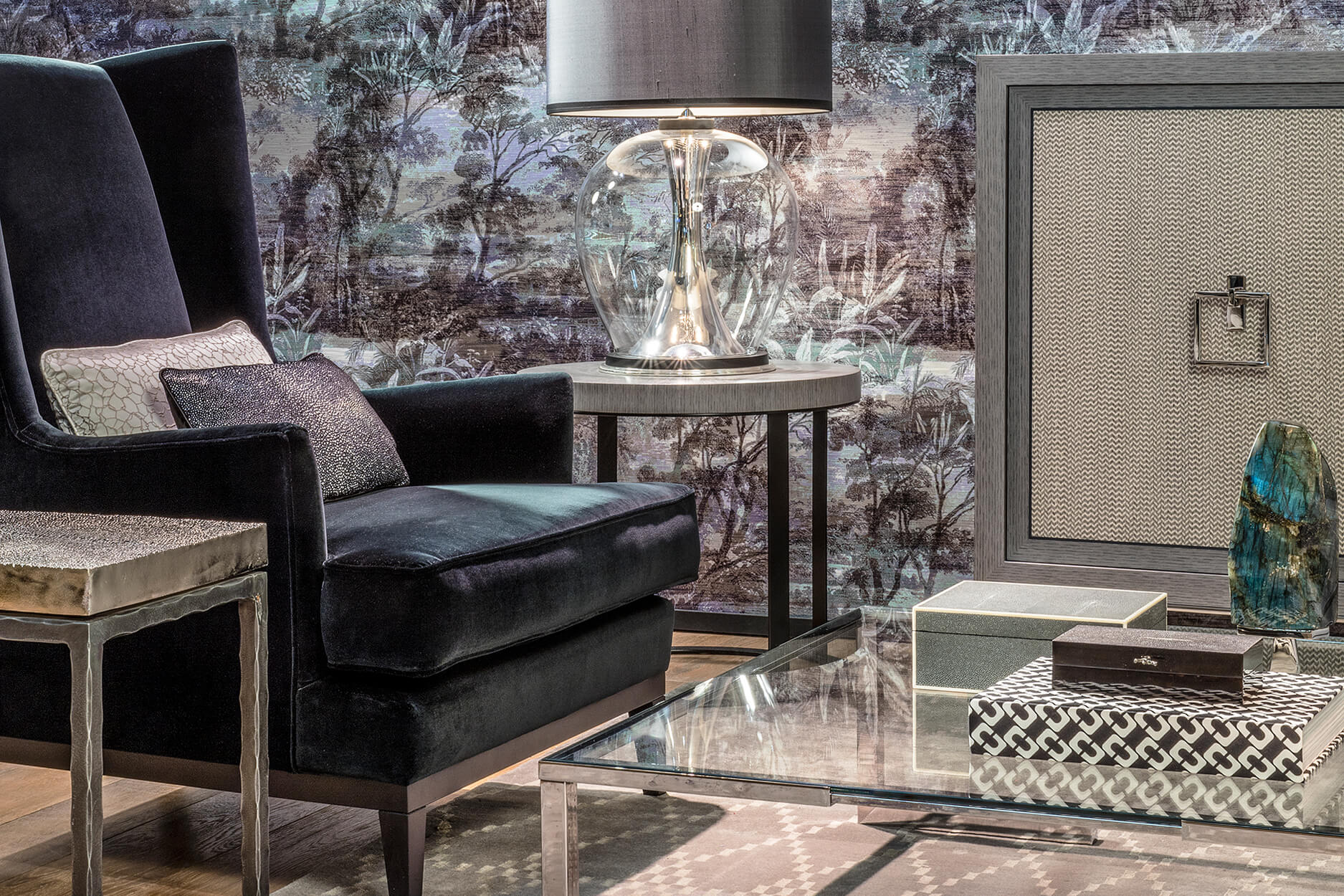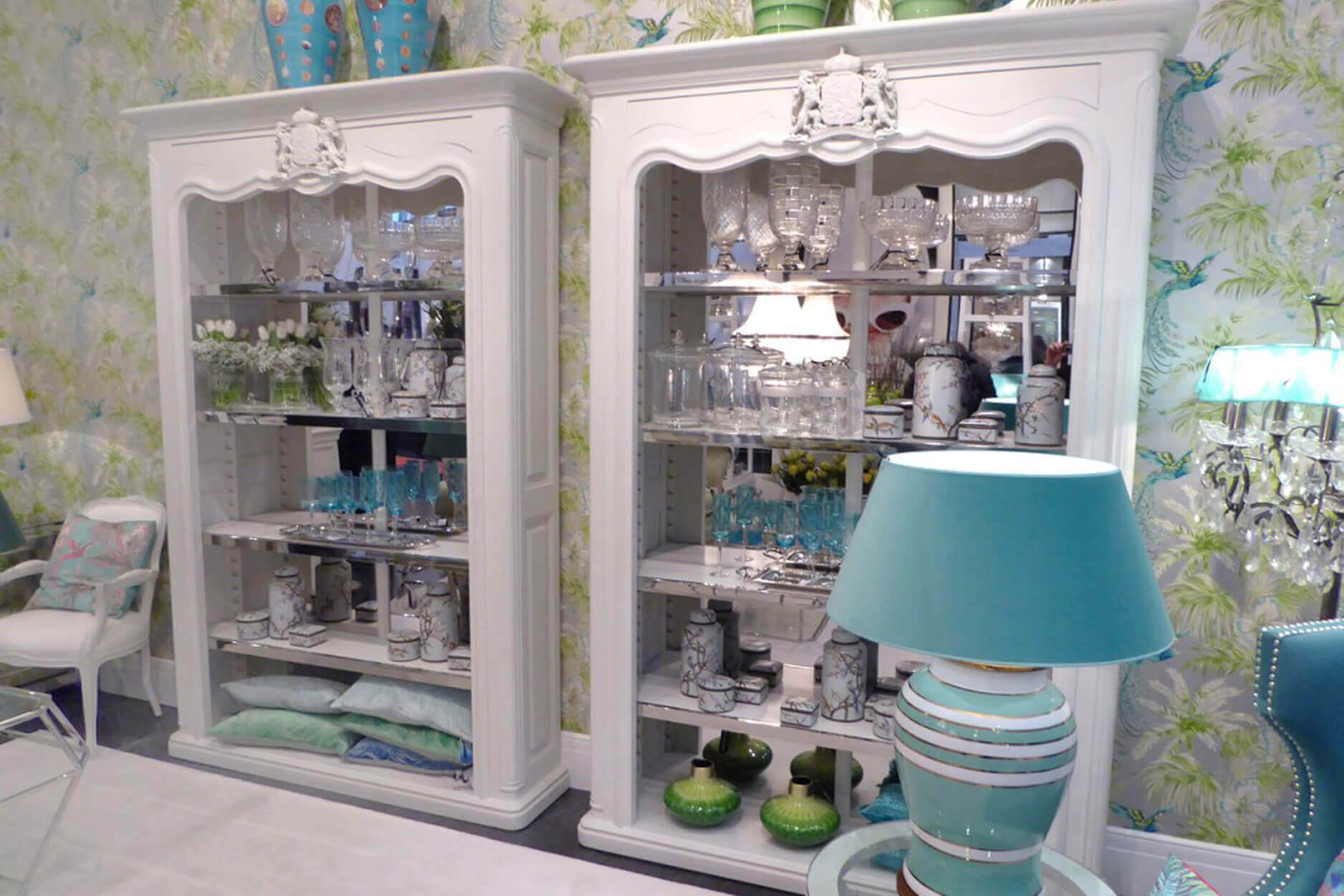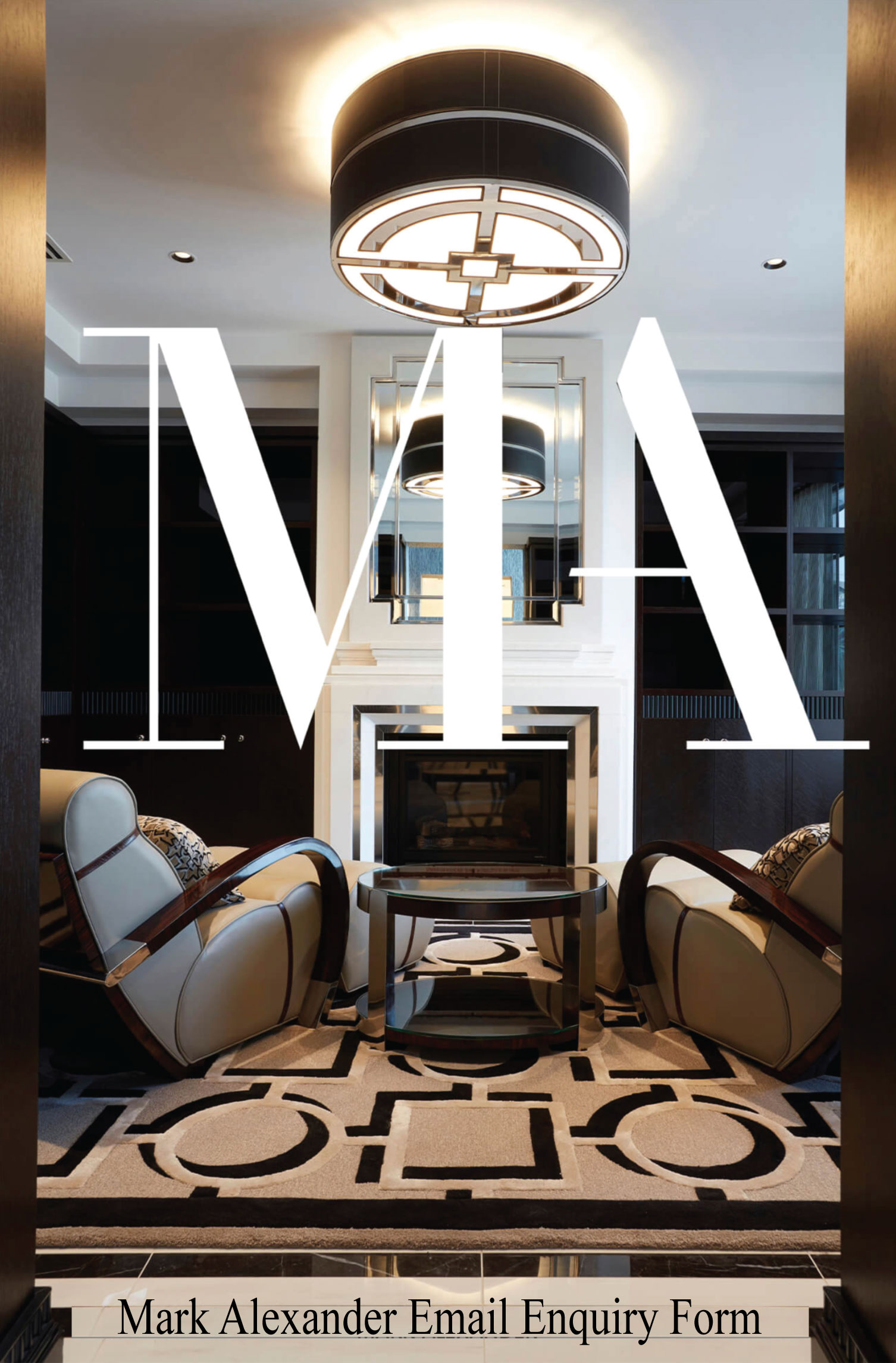Cultural Influences in Melbourne’s Interior Design
Melbourne’s vibrant multicultural landscape is a melting pot of cultures, each contributing its unique flavours to the city’s rich tapestry. This diversity extends beyond cuisine and festivals, seeping into the very walls and interiors of Melbourne’s homes and businesses. The result is a Melbourne interior design scene that stands out for its eclectic and unique character, blending tradition and innovation in exciting ways.
Key Elements of Cultural Influence in Interior Design
In this section, we show you the key elements of cultural influence in interior design in Melbourne:
- Colour and Pattern: Color and pattern serve as the soul of cultural expression in Melbourne interior design. Each culture brings its palette and motifs, from the vibrant blues and whites of Greek islands to the rich reds and golds of Chinese textiles. The skilful integration of these cultural colour schemes and patterns adds layers of depth and personality to Melbourne interiors.
- Materials and Textures: The textures and materials used in Melbourne’s interior spaces often tell a story of migration and exchange. Traditional materials, whether it’s the smooth coolness of Italian marble or the warm earthiness of Aboriginal timber art, are given new life in Melbourne’s architectural canvas. Modern interpretations of these materials not only honour their cultural origins but also push the boundaries of design, showcasing how tradition can meet modernity in Melbourne’s interior design.
- Furniture and Decor: Melbourne’s interior design scene is adept at blending these diverse styles, marrying, for example, the sleek lines of Scandinavian furniture with the intricate patterns of Moroccan rugs. This fusion creates interiors that are rich in contrast and harmony, offering a visual feast that reflects the world in a single room.
- Spatial Arrangements: The way spaces are organized and utilized in Melbourne also draws heavily from cultural influences. Philosophies like Feng Shui may dictate the flow and harmony of a space, while the open, airy layouts reminiscent of Mediterranean homes invite light and community. Melbourne’s interiors often embody these cultural principles, creating environments that are not only beautiful but also resonate with the deeper philosophies of living well.
Conclusion
The tapestry of Melbourne’s interior design scene is woven with threads of diverse cultural influences, each adding its richness and depth. Looking ahead, the evolution of cultural influences in Melbourne interior design promises to continue this legacy of innovation and fusion, crafting spaces that are both globally inspired and uniquely Melbournian. For those seeking to bring this rich tapestry into their homes or businesses, consulting with professionals like interior designer Mark Alexander can be the first step towards creating interiors that reflect the world’s beauty and diversity.



